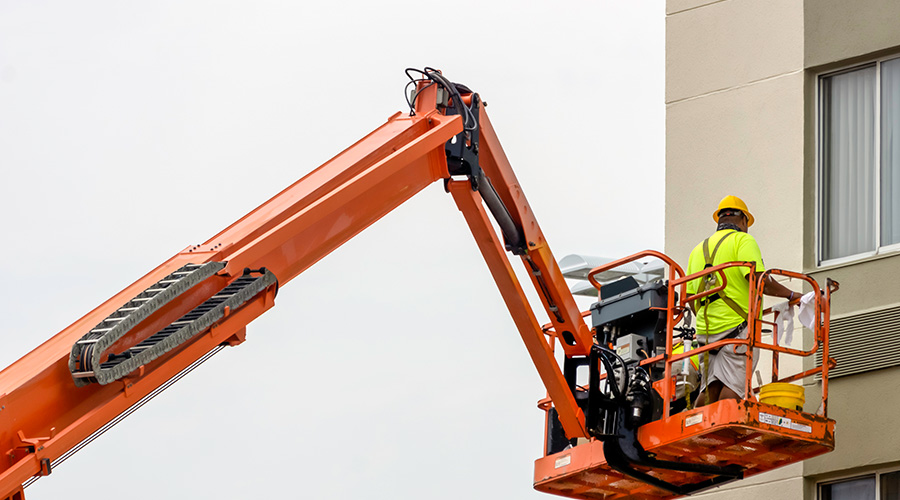Two-Part Process Can Resolve Inventory Problems
As a result of these and other problems, the department's inventory database was out of date and inaccurate. It contained information on one-time purchases, parts purchased through capital expenditures, and parts purchased for completed projects, in addition to data related to operational parts technicians used every day. This mixture of data inflated the overall dollar value of the inventory.
Resolving such database inaccuracies is a two-step process. Before conducting a physical inventory, the auditor should copy the parts-inventory data file to a retrievable file. This step helps retain all data on purchasing history. The auditor then examines the original database record by record and deletes unnecessary records such as those listed earlier. As a result, inventory count sheets only contain data related to operational parts.
Next, the auditor conducts a complete physical inventory, updating each data record as to a part's location, quantity, and description. The auditor should use a "date last counted" field or column to record the date the part was inventoried. When the database update is complete, the auditor should either remove parts not displaying the date of the inventory as unnecessary or change the quantity-on-hand to zero.
Once the physical inventory and database update are complete, the auditor should review and reinforce parts-checkout procedures with supervisors and technicians so the inventory count remains accurate. These procedures ensure workers do not remove parts from stores without the knowledge of the storeroom supervisor, who must be sure to lock and secure the storeroom to limit unauthorized access.
Continuity is crucial to a complete physical inventory. A point-in-time physical inventory ensures the auditor inspects all locations, and inventories and records all parts.
To achieve this goal, an independent, third-party contractor familiar with the maintenance-related parts in the storeroom should conduct and complete the inventory project. This step provides independent verification of the physical inventory. Working with one member of the maintenance department, the contractor can complete the project rapidly, accurately, and without interfering with maintenance activities or using additional department personnel.
After the department implemented these steps, auditors then initiated a second physical inventory count. In this inventory, the accuracy rate was about 90 percent, all parts were accounted for, and the dollar value of missing parts was largely eliminated.
Frank Murphy, Certified Plant Maintenance Manager (CPMM), is the founder and president of Inventory Management Services Inc. in Greenville, S.C. The company's consulting approach changes MRO parts storerooms from reactive operations to proactive operations.
Related Topics:













